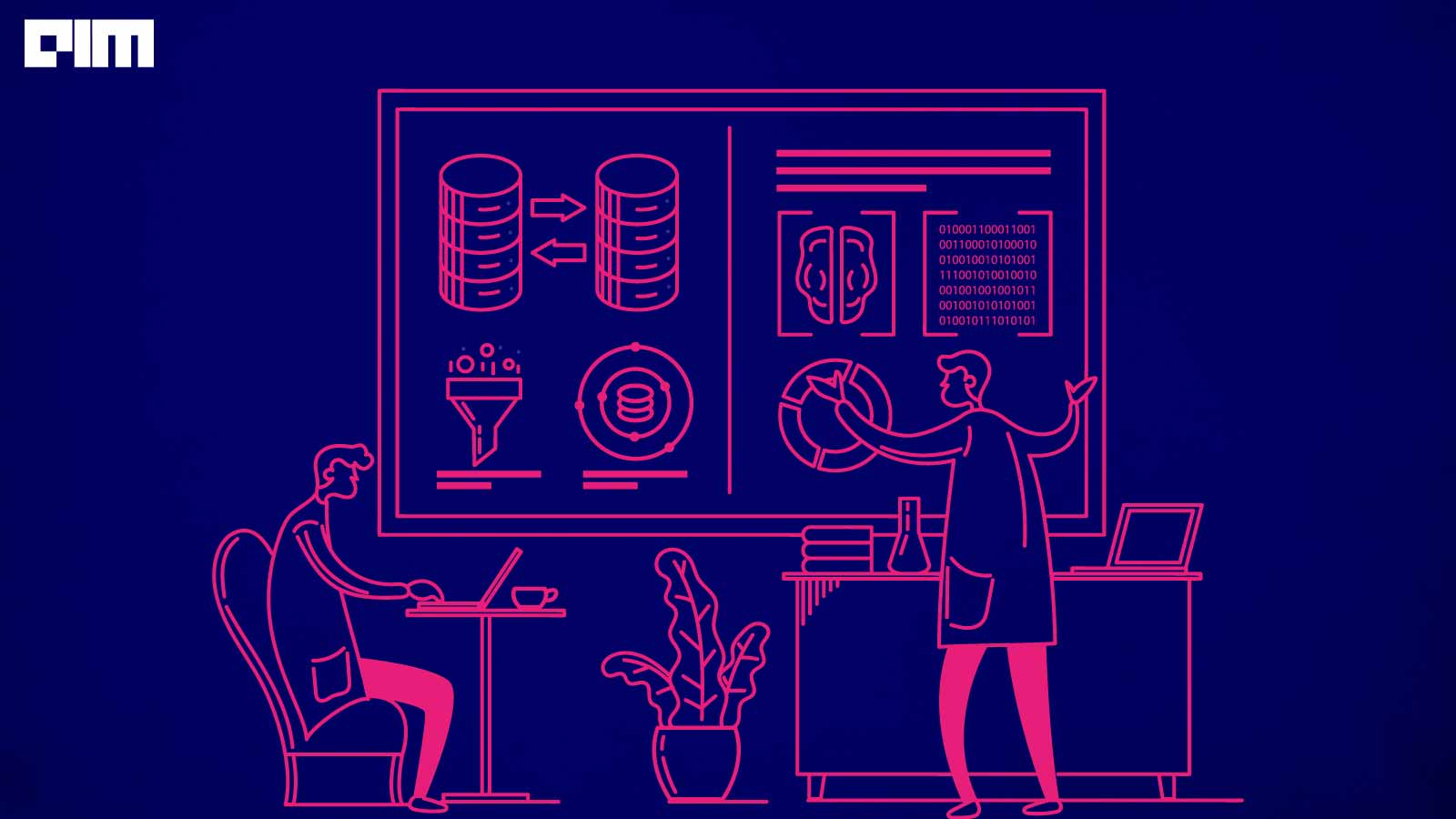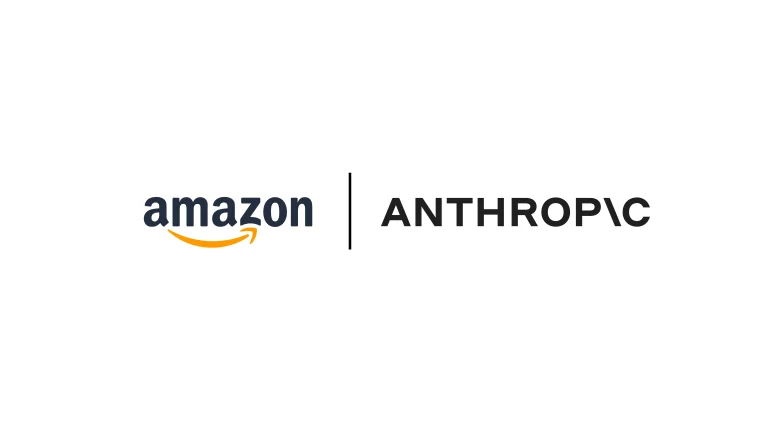Proper analysis of data becomes an essential technique to optimize business performance and make better decisions through data. Through data analysis, an organization is able to achieve not only optimal performance but also gain actionable insights into customer trends and satisfaction. Graph analytics is an emerging branch of data analytics that helps organizations leverage its model by implementing numerous graph analytics algorithms to find the best-fitted solutions for the problems faced.
What is Graph Analytics?
Graph analytics, also known as Graph Algorithms, are analytics tools that are used to analyze relations and determine strength between the entities present in an organization, such as products, customers and services. These relationships are depicted in the form of a graph. Graph analytics aims to provide a pairwise relationship between the objects present and represent the structural characteristics of a graph as a whole. Representing relationships in a graph can help answer many questions for the problem-solving process and also understand what more is to be applied that can help maximize the output. For each type of graph analytics, numerous algorithms are available to be implemented for finding the right solution, depending on the nature and severity of the problem.
This approach has had several use cases such as fraud detection, supply chain management, and social media analysis in recent years. According to reports, the graph analytics market is expected to grow up to 2.5 billion USD by 2024. Due to its ability to help inculcate new data sources and find previously unknown relations among entities from the data with ease, the graph analytics market is booming in popularity.
Components of Graph Analytics
Graph analytics rely on graph databases, which are an important part of advanced analytics, and are more flexible than the traditional RDBM systems present in the market. New relationships can easily be added to the graph databases, which makes them flexible for analytics. A converged database with the support for graph formats can also be used as an alternative to setting up graph analytics. The graph format uses the data points present in the database as nodes, and the relationships are described as edges. Edges in a graph capture the relationship between the two connected entities. To further improve it, several enhancements such as labelling the edges and vertices to showcase the nature of relationships and the addition of weights to the represented relationships can be implemented. Creating powerful structures such as these can help define the complex dependencies easily from the data present.
Types of Graph Analytics
Graph analytics can be divided into four main types, which can be made as informative as one requires, depending on the depth of the problem.
Path Analysis
The relationship between the nodes present in the graph is analyzed during path analysis to determine the shortest distance between two nodes. It analyzes similar shapes and distances from different paths that connect entities within the graph.
Connectivity Analysis
This analysis helps determine the strength of two interconnected nodes, i.e., finding if the supposed connection between the nodes is strong or weak in nature. Connectivity analysis outlines the number of edges flowing into the node and those flowing out. This analysis provides a method to identify malicious or unexpected patterns within the data.
Centrality Analysis
Centrality analysis helps to estimate the importance of a present node within the graph network and its connectivity to others in the network. This helps understand the most influential node and the connection it accesses using the graph algorithms.
Network Analysis
Network analysis describes the density of relationships between nodes. It tells us about the nodes that have frequently been interacting with each other in a graph network. It also identifies whether the connecting edges are transient and predict if the created graph network will further grow or not.
Advantages of using Graph Analytics
Using graph analytics saves time as time is taken to organize data, and merging more data sources can easily be done with minimal effort. Graph analytics are hence easier to work with than the traditional techniques being used. Modelling the data and its storage becomes rather easy when graph analytics are used. The created graphs are highly appealing visually; hence the working and happenings of the data are much easier to understand, even for somebody with a non-technical background. When understood in the right manner with the correct meaning derived from the data, patterns can aid data-driven decision making. Overloaded and strained resources within the organization can be identified and reconfigured using graph analytics.
Top Tools for Graph Analytics
Several tools are available in the market today that provide state-of-the-art analytics and can be used for creating graph databases. Some of the leading graph analytics tools present in the market are :
Neo4j
Neo4j is a graph data platform that provides developers and data scientists with the necessary tools to build applications and machine learning workflows. The software can either be self-hosted or managed through a cloud service. It helps gain a deeper context for analytics through a modified data model that can incorporate high-level network structures to infer a better meaning and understanding of the data, subsequently making better predictions. The Neo4j sandbox is available for a 60-day trial; you can access the trial using the link here.
ArangoDB
ArangoDB is an open-source multi-model graph database tool flexible for creating data models for graph analytics and key values. It uses its own query language, AQL, similar to SQL, to retrieve and modify data. Semantic search and graph technology is used to provide native storage and access to the data. It also features ArangoML and a pipeline feature that makes transactions within the tool much simpler. It can also be used as an application server to fuse with databases, maximizing the output. Available in two versions, Enterprise and Oasis, it can be downloaded here.
Amazon Neptune
Amazon Neptune is another reliable graph analytics tool that is fully managed and easily helps create graph databases and build applications with highly interconnected datasets. Neptune provides solutions for many graph analytics use cases such as recommendation engines, fraud detection, creation of knowledge graphs and network security. It performs all necessary data modifications to the cluster volume; each instance is responsible for writing graph database contents. It also supports open graph APIs for both Gremlin and SPARQL. To learn more about Amazon Neptune, you can use the link provided here.
Summing up
Graph analytics can be an essential tool for next-gen analytics in today’s era where data is vast and readily available. With numerous use cases and benefits, graph analytics can be a potential technique that can be explored further and change the face of modern analytics. Data can be utilized more efficiently using graph analytics, which can easily answer the problems faced and detect patterns that might go undetected in data warehouse models. This analytics approach can significantly satisfy both the discovery and the use of patterns for analysis and further reporting.



















































































